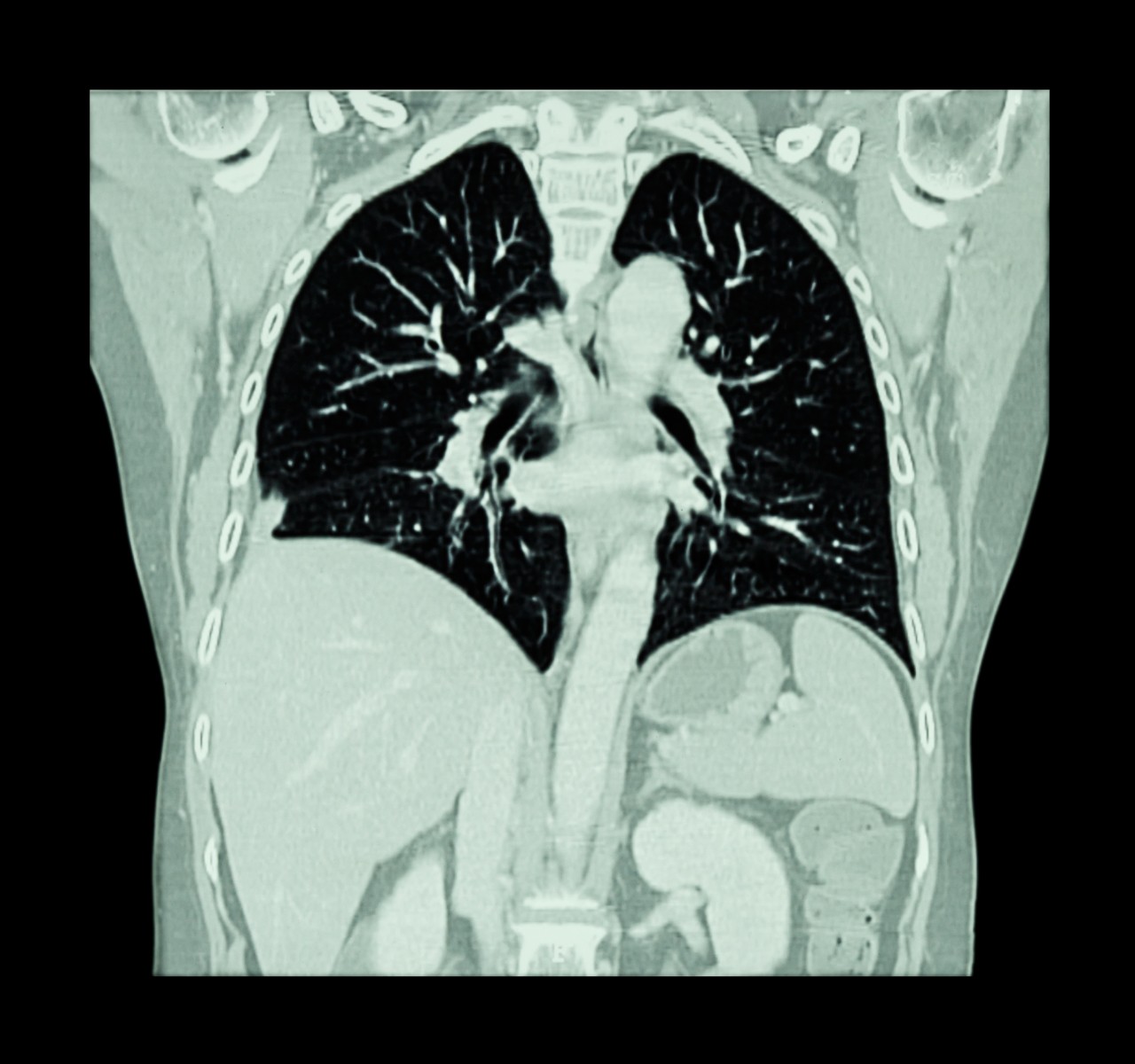Bronchiectasis in COPD Patients Linked to Worsening Clinical Symptoms, Study Shows
Written by |

Bronchiectasis is increasingly recognized in patients with chronic obstructive pulmonary disease (COPD) who have worsening symptoms, including exacerbations and higher risk for pneumonia.
Researchers presented their study, “Bronchiectasis in COPD: An Irrelevant Imaging Finding or a Clinically Important Phenotype?” at the 2016 CHEST Annual Meeting in Los Angeles.
A 2015 study reported that about 15 percent of COPD patients might present positive signs for bronchiectasis on high-resolution CT scans, adding evidence to other reported studies demonstrating the co-existence of both conditions in patients. This linkage is also associated with worsening symptoms including increased sputum production, acute exacerbations, bacteria colonization and higher levels of inflammatory markers, ultimately resulting in poorer lung function.
In the latest study, researchers investigated bronchiectasis prevalence in COPD using a stable cohort of COPD patients. The team studied how a potential bronchiectasis diagnosis affects COPD’s severity, frequency of exacerbations,and incidence of pneumonia — as an adverse effect of a common treatment with a combination of a long-acting beta agonist (LABA) and an inhaled corticosteroid (ICS) therapy.
They performed a retrospective analysis of medical records from 961 stable COPD patients who were followed at their medical facility from 2011 to 2015.
Researchers detected 362 cases of bronchiectatic lesions among the 855 patients for whom complete medical records were available (about 43.2 percent). Patients testing positive for bronchiectasis were at different stages of COPD disease; however, most were in the most severe stages (stage IV). Exacerbations were detected in only 20.7 percent ed of all COPD patients.
During the study, 612 patients had already initiated LABA/ICS therapy. Of these, 309 had bronchiectasis and 303 did not. Researchers registered 41 pneumonia events among 33 patients under LABA/ICS therapy. However, 87.9 percent of those with at least one pneumonia event also had bronchiectasis. This fell to only 12.1 percent of pneumonia cases in the LABA/ICS group without bronchiectasis.
Overall, researchers said their findings suggest that “bronchiectasis is common in COPD and, although present in all stages, its frequency increases with increasing severity.”
They also have clear implications for managing patients at clinics. “COPD patients should undergo high-resolution CT scans in order to recognize the bronchiectatic phenotype which is associated with a greater frequency of exacerbations and carries a greater risk of developing pneumonia following LABA/ICS treatment,” researchers concluded.




